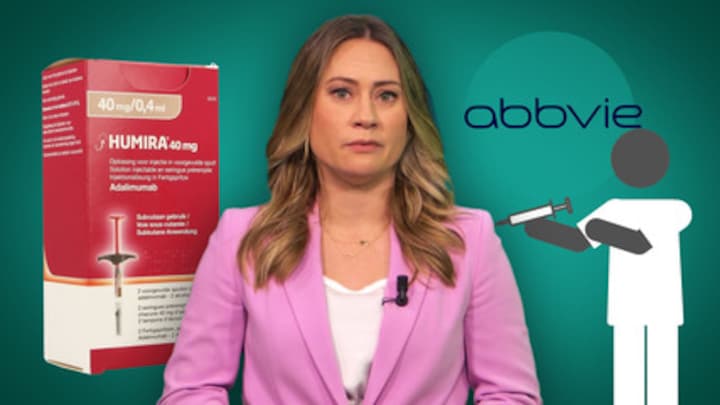Key forecast for elections: Dutch economy is performing quite well


The Dutch economy will continue to grow steadily this year and in the coming years, but not excessively. The Netherlands Bureau for Economic Policy Analysis (CPB) expects the economy to grow by 1.7 percent this year and 1.3 percent next year. This comes with a significant caveat: uncertainty remains high due to the unstable global environment.
This instability is primarily related to the US's erratic trade policy. Trump's import tariffs are slowing global trade growth and shifting trade flows. Moreover, wars, such as those in the Middle East and Ukraine, can cause shocks, as can the conflict between China and Taiwan, which could escalate further.
But for now, the Netherlands has been relatively unaffected. The CPB (Netherlands Bureau for Economic Policy Analysis) is projecting US import tariffs of 10 percent. If those tariffs do end up being higher, things could look very different.
Yet the trade war is already making itself felt. Companies are postponing investments because they don't know where they stand. The European Commission also warned about this this week.
Purchasing power is growingCPB director Pieter Hasekamp is not dissatisfied all things considered: "All in all, it's a fairly positive picture, with the Netherlands doing better than other European countries."
If the forecasts come true, the purchasing power of most Dutch people will also look good. It will increase, mainly because wages are rising slightly faster than inflation. This allows people to keep spending, which keeps the economy moving. Rising government spending also contributes to this.
Here are 5 ways Trump's import tariffs will affect you:
That, of course, is also a point of concern. The CPB estimates that, if policy remains unchanged, the budget deficit will rise to 2.5 percent of gross domestic product by 2030, the size of the entire Dutch economy. The good news is that this still allows us to remain within European budgetary rules, but the planned increase in defense spending is not yet included.
Last month, NATO countries pledged to increase their spending from a minimum of 2 percent to 3.5 percent over the next ten years. Currently, the Netherlands spends approximately 2 percent of its GDP on defense.
The good news is that drastic cuts won't be necessary in the coming years. But there aren't billions waiting to be allocated either. So, parties that want to incorporate new demands into their election manifestos will still have to make—potentially painful—choices to balance the budget.
Rising defense spending alone represents a substantial cost that hasn't yet been factored into these figures. And there are still several problems—nitrogen, climate—that require solutions, which also won't be free. But the starting position is sound.
This new CPB estimate is important not only for the caretaker government, but also for the political parties busy drafting their election manifestos. Based on this estimate, they can calculate which of their plans are feasible.
The cabinet uses the August estimate (which has already been published in July due to the approaching elections) to adjust the budget for the following year.
Little work towards PrinsjesdagTraditionally, a lot of attention is paid to the purchasing power projections of various groups. These look quite consistent this year. Almost all groups will see an increase of between 0.5 and 0.9 percent overall. Only retirees seem to fare slightly worse, with 0.1 percent growth.
"With these purchasing power projections, the caretaker government doesn't need to do much heading into Budget Day," says political reporter Schreinemachers. "Although political parties will undoubtedly have different views on this with the elections in mind."
RTL Nieuws







